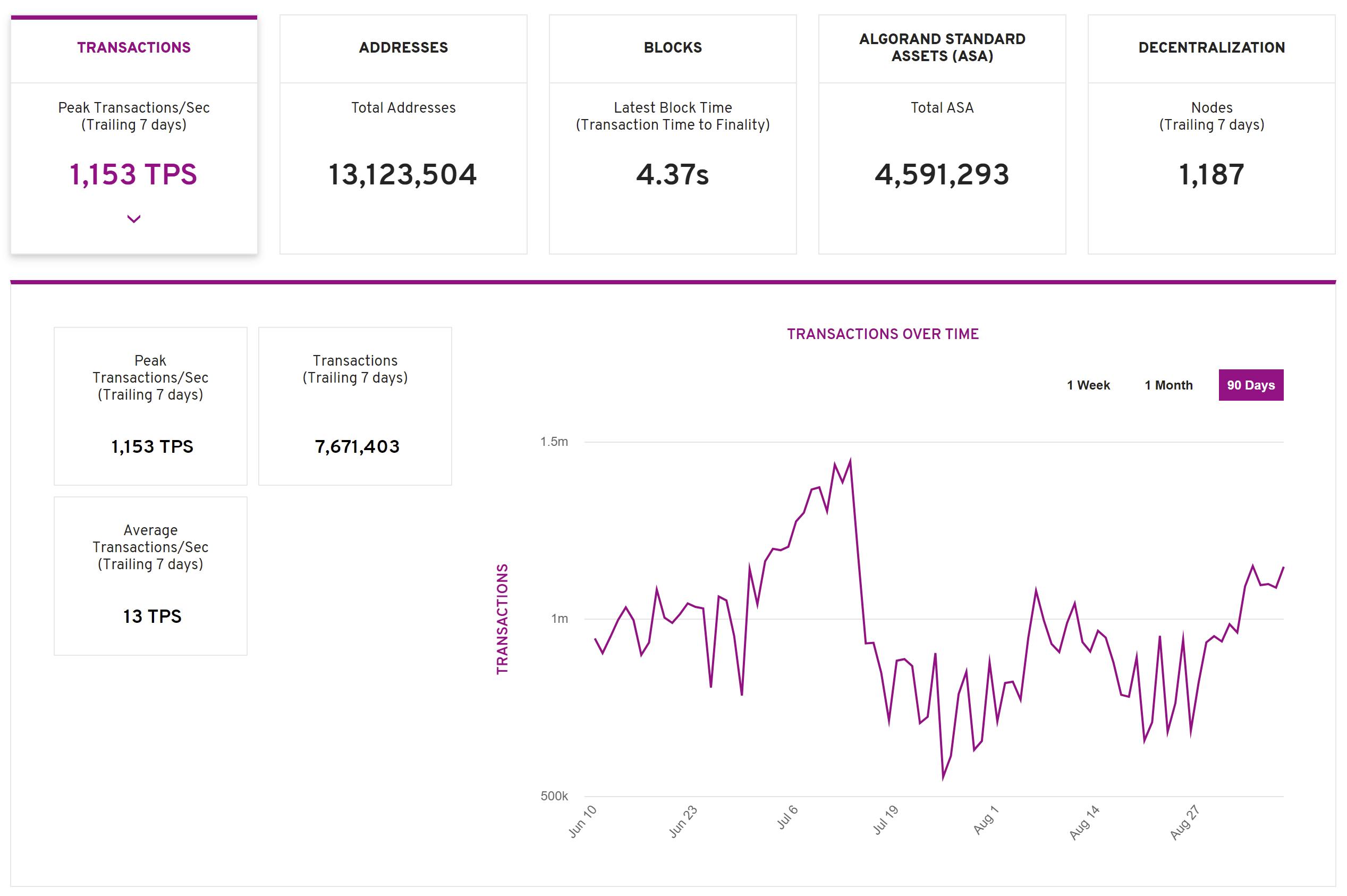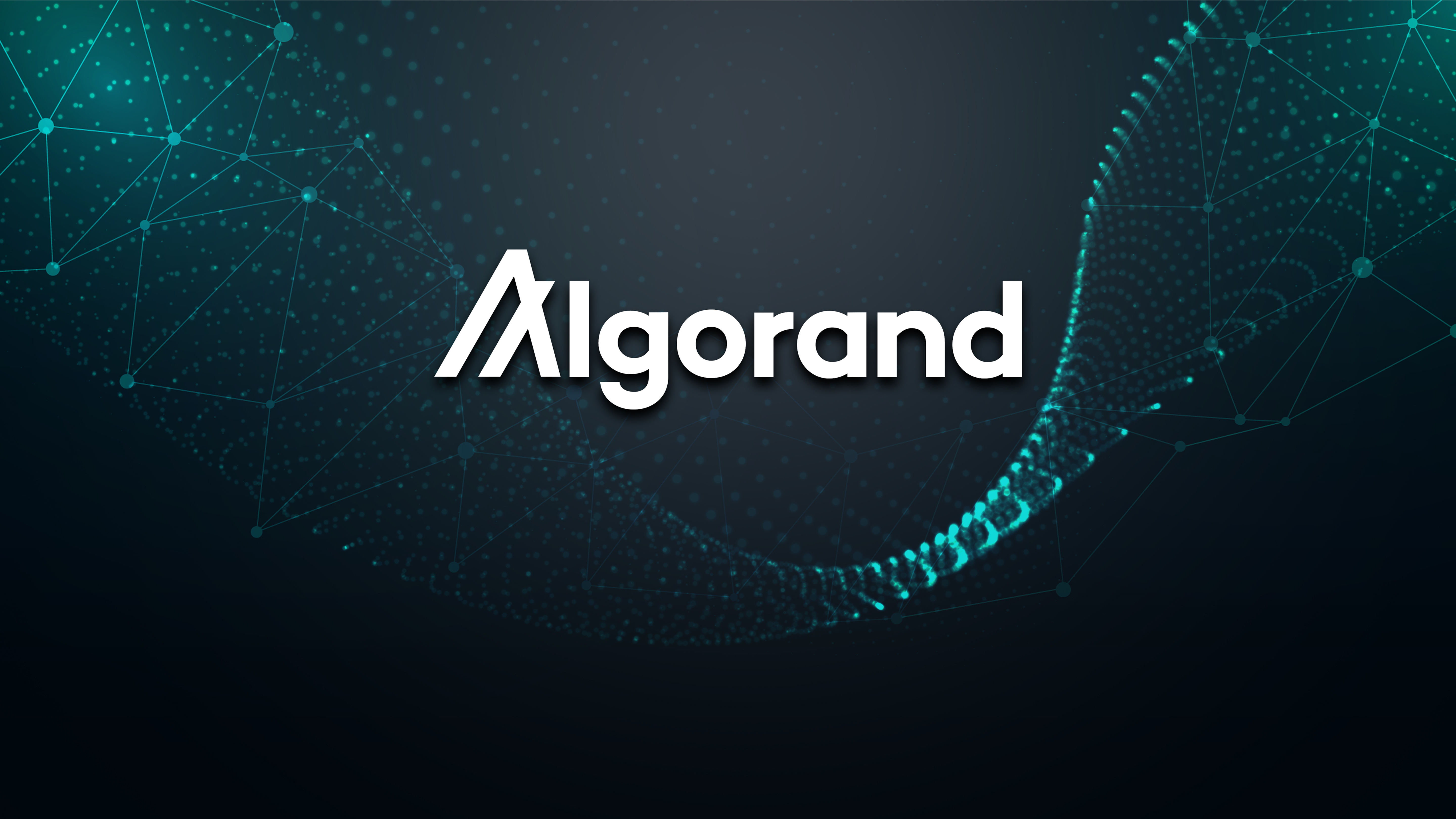Fundamental Analysis of the Algorand Network
In the dynamic world of blockchain and cryptocurrency, a plethora of networks and platforms continually surface, each presenting distinct value propositions and foundational technologies. Within this milieu, the Algorand network has garnered notable recognition due to its groundbreaking solutions to the predominant challenges encountered by established blockchain systems. A deep dive into the Algorand network's fundamentals sheds light on its structure, consensus method, tokenomics, and promising future outlook.
**1. Consensus Mechanism: Pure Proof-of-Stake (PPoS)**
At the heart of any blockchain network lies its consensus mechanism, determining how transactions are validated and added to the ledger. Algorand employs a Pure Proof-of-Stake (PPoS) consensus mechanism, distinguishing itself from other platforms that use variations of Proof-of-Work (PoW) or Proof-of-Stake (PoS). PPoS aims to ensure decentralization, scalability, and security by selecting validators based on their stake in the network. This mechanism minimizes the risk of forks, ensures quick transaction finality, and maintains energy efficiency, addressing some of the primary criticisms of PoW-based systems like Bitcoin.
**2. Scalability and Performance**
Scalability remains a significant concern for many blockchain networks, with issues related to throughput, latency, and transaction fees often hindering mass adoption. Algorand addresses these challenges through its Layer-1 architecture, capable of supporting a high number of transactions per second (TPS) with minimal latency. This scalability, coupled with its consensus mechanism, positions Algorand as a viable platform for applications requiring rapid transaction processing, such as financial services, decentralized exchanges, and tokenization platforms.
**3. Tokenomics: ALGO Token**
The native cryptocurrency of the Algorand network is the ALGO token, serving multiple purposes within the ecosystem. Beyond its role as a medium of exchange, ALGO tokens facilitate governance, enabling stakeholders to participate in network decisions, protocol upgrades, and resource allocation. The tokenomics of Algorand emphasize decentralization and community engagement, fostering a vibrant ecosystem of developers, validators, and users committed to the network's growth and sustainability.
**4. Security and Decentralization**
**5. Adoption and Partnerships**
Beyond its technological advancements, Algorand's success hinges on its ability to foster adoption and establish strategic partnerships across various industries. The network has attracted a diverse range of stakeholders, including enterprises, developers, and institutional investors, seeking to leverage its capabilities for innovative applications and services. Collaborations with academic institutions, governments, and industry leaders further enhance Algorand's credibility and potential to drive meaningful change across global markets.
**Conclusion**
The fundamental analysis of the Algorand network underscores its innovative approach to blockchain technology, emphasizing scalability, security, and decentralization. By leveraging the benefits of its PPoS consensus mechanism, Layer-1 architecture, and robust tokenomics, Algorand positions itself as a leading platform for building scalable, secure, and efficient decentralized applications. As the blockchain ecosystem continues to evolve, Algorand's commitment to innovation, adoption, and collaboration paves the way for a more inclusive and interconnected digital economy.However, like any emerging technology, ongoing developments, regulatory considerations, and competitive dynamics will shape Algorand's trajectory and impact on the broader blockchain landscape.



















![[ℕ𝕖𝕧𝕖𝕣] 𝕊𝕖𝕝𝕝 𝕐𝕠𝕦𝕣 𝔹𝕚𝕥𝕔𝕠𝕚𝕟 - OM(G) , My Biggest Bag Was A Scam????](https://cdn.bulbapp.io/frontend/images/99de9393-38a8-4e51-a7ab-a2b2c28785bd/1)

![Nekodex – Earn 20K+ NekoCoin ($20) [Highly Suggested]](https://cdn.bulbapp.io/frontend/images/b4f0a940-f27c-4168-8aaf-42f2974a82f0/1)




















